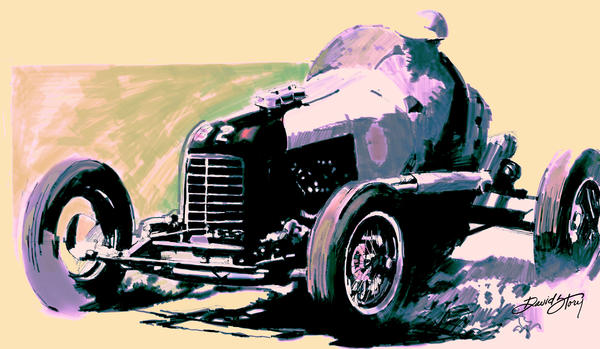- 1890s Cars
- Barney Oldfield Images
- Oldfield - Petersen
- Beer
- Early Auto Industry
- Uniontown - Marci McGuinness
- General Period Clip Art
- Early Race Related Clip Art
- Advertising and Editorial Cartoons
- Early Indianapolis
- IMS Construction
- Indianapolis Speedway
- First IMS Auto Races
- Failed 1909 Air Show
- 1909 IMS Balloon Races
- 1909 IMS Motorcycle Meet
- 1910 Indianapolis Auto Show
- 1913 Indianapolis 500
- 1919 Indianapolis 500
- Joe Dawson
- WWI "500" Winner Draft Cards
- Frank Di Buglione (off the wall art, LLC)
- Gilbert Art
- Carl Graham Fisher
- IMS Hall of Fame Museum
- Alco at 100th Anniversary
- Frederic Matile - Morris Park
- Miami-Fulford Speedway
- Paul Sheedy Collection
- Early Wyoming Racing - 1909 - 1919
- Personalities
- Early Racing Images
- Glidden Tour
- 1909 Cobe Trophy
- Fairmount Park & Belmont Estates
- Early Santa Monica
- Don Radbruch Collection
- Jeroen de Boer Collection 1910
- Jeroen de Boer Collection 1912
- Jeroen de Boer Collection 1913
- Jeroen de Boer Collection 1914
- Georges Boillot
- Story's Indianapolis 500 Cars
- Story's Sports Cars
- Story's Grand Prix Cars
- Old School
- Story's Brickyard Sketchbook
1940's Sprint Car
Photo Gallery Categories
Search
Featured Article
Image of The Week

What you see here is another brilliant contribution of original art from First Super Speedway contributor David Story. He also provided the words you can read below.
From David Story -
The 1946 AAA Championship Car season was the first season of American Championship car racing following World War II. Even the Indianapolis 500 was in doubt. The Indianapolis Motor Speedway had fallen into a terrible state of disrepair. It had literally been ignored since the day it was shut down in 1942. The infield had grown into a virtual jungle and the old wooden grandstands were rotting and on the verge of collapse. Weeds had forced their way up through the crumbling mortar between the bricks on the main straight. (Three time Indianapolis winner Wilbur Shaw was instrumental in seeing to the survival of the Speedway after WWII. In a one-man campaign to save the track, he paired with Tony Hulman who purchased the track and brought it back to its former glory).
After fours years without racing in the United States, the AAA Contest Board, the governing board for the national championship, was concerned about having enough races and entrants for the 1946 season.
Before the war, only races of over 100 miles on tracks one mile or longer were able to hold National Championship events. Due to the concerns about the car counts and participation, the AAA Contest Board included a substantial number of "Big Car" races (today known as Sprint Cars) as part of the championship. The first season officially consisted of 77 races, 6 Champ Car races and 71 Big Car races which included Indianapolis.
World War 2 was over and the G.I.s were returning home anxious to return to regular life. Many were pilots, tank drivers, infantrymen, mechanics, etc. who were used to large amounts of adrenaline flowing in their veins. Racing provided a more peaceable outlet for their energies. As the season progressed, with this influx of young blood, it proved to be a success, and marked the successful return of the National Championship Series.
| Attachment | Size |
|---|---|
| 1940 sprint car2.jpg | 1.1 MB |
